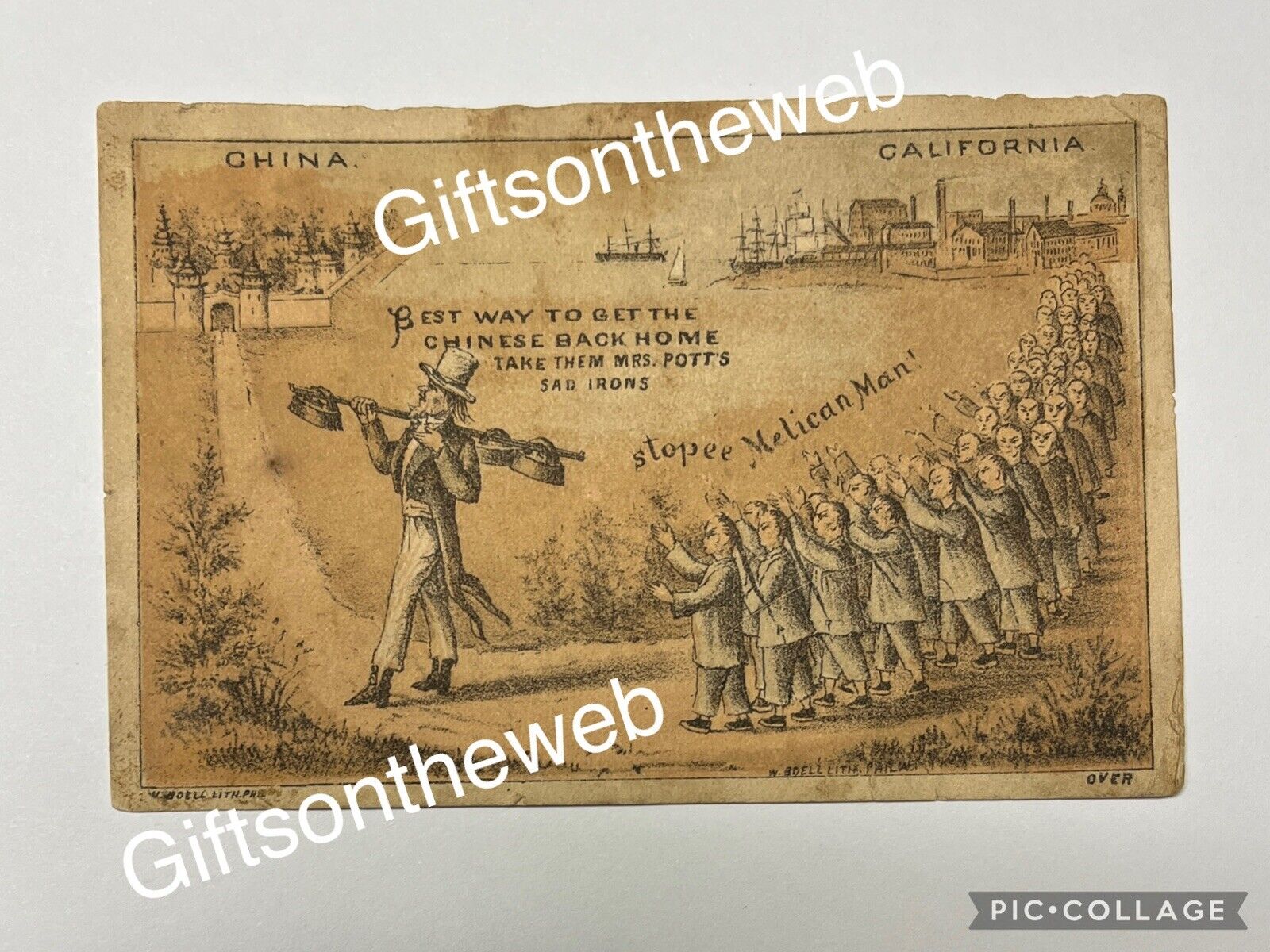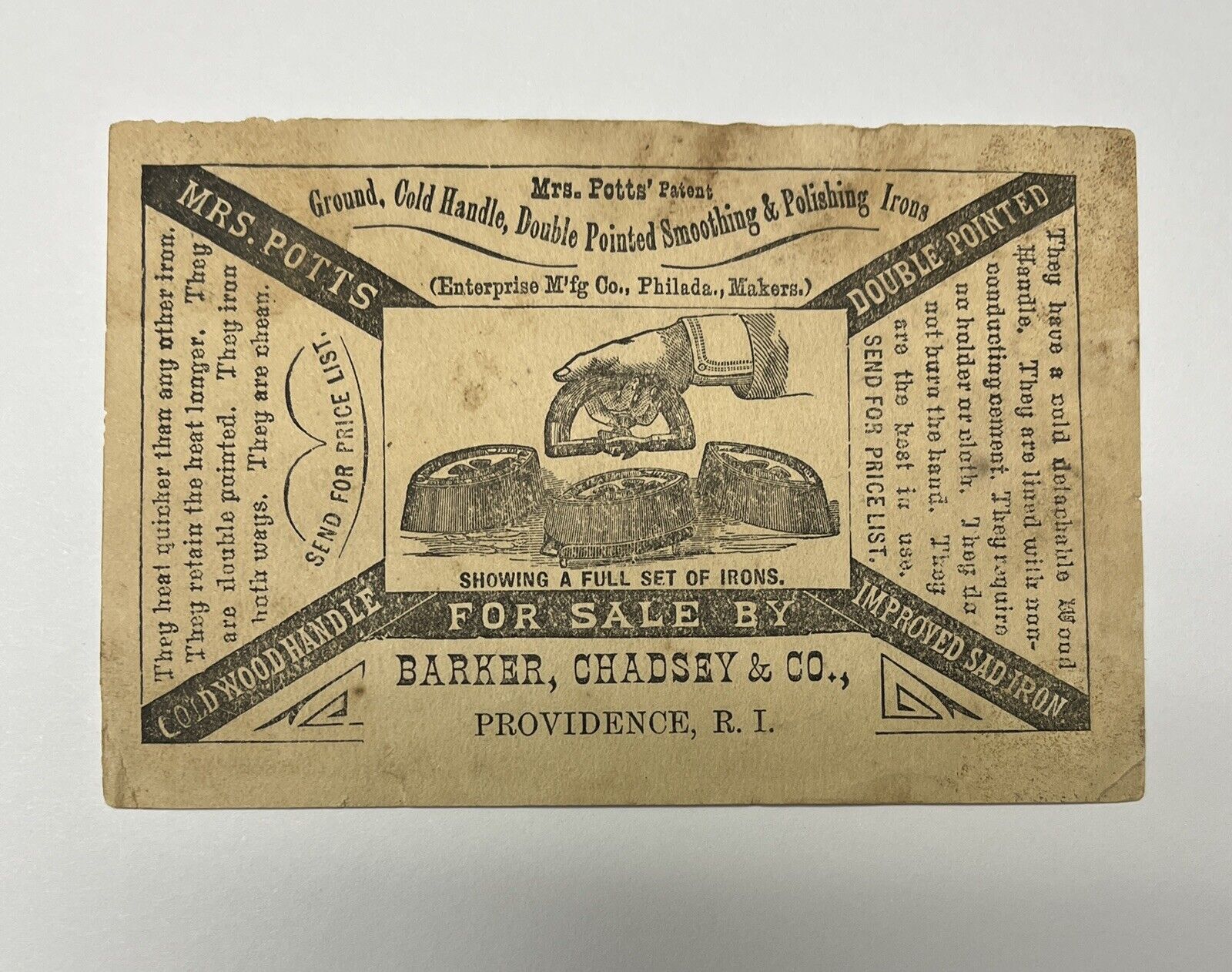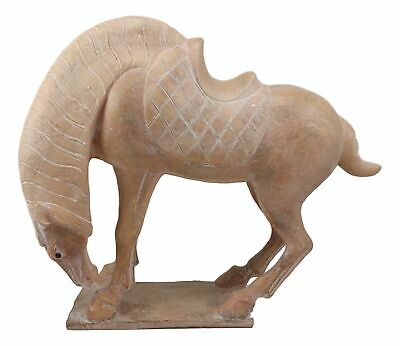-40%
RARE 1882 CHINESE EXCLUSION ACT CHINA CALIFORNIA UNCLE SAM VICTORIAN TRADE CARD
$ 105.6
- Description
- Size Guide
Description
RARE 1882 CHINESE EXCLUSION ACT CHINA CALIFORNIA UNCLE SAM VICTORIAN TRADE CARD. MEASURES 4.5 X 3 INCHES. ITEM#A19. PLEASE NOTE: The watermark giftsontheweb will NOT appear on the actual item.The Chinese Exclusion Act was a United States federal law signed by President Chester A. Arthur on May 6, 1882, prohibiting all immigration of Chinese laborers for 10 years. The law excluded merchants, teachers, students, travelers, and diplomats. Building on the earlier Page Act of 1875, which banned Chinese women from migrating to the United States, the Chinese Exclusion Act was the only law ever implemented to prevent all members of a specific ethnic or national group from immigrating to the United States.Passage of the law was preceded by growing anti-Chinese sentiment and anti-Chinese violence, as well as various policies targeting Chinese migrants. The act followed the Angell Treaty of 1880, a set of revisions to the U.S.–China Burlingame Treaty of 1868 that allowed the U.S. to suspend Chinese immigration. The act was initially intended to last for 10 years, but was renewed and strengthened in 1892 with the Geary Act and made permanent in 1902. These laws attempted to stop all Chinese immigration into the United States for ten years, with exceptions for diplomats, teachers, students, merchants, and travelers. They were widely evaded. The law remained in force until the passage of the Magnuson Act in 1943, which repealed the exclusion and allowed 105 Chinese immigrants to enter the United States each year. Chinese immigration later increased with the passage of the Immigration and Nationality Act of 1952, which abolished direct racial barriers, and later by the Immigration and Nationality Act of 1965, which abolished the National Origins Formula.










